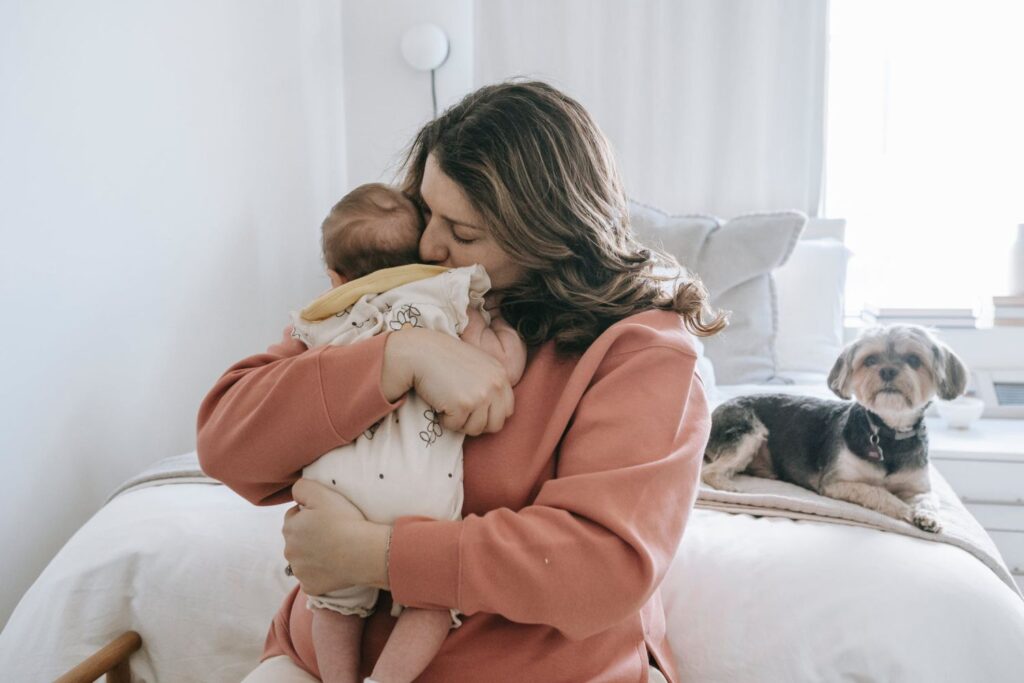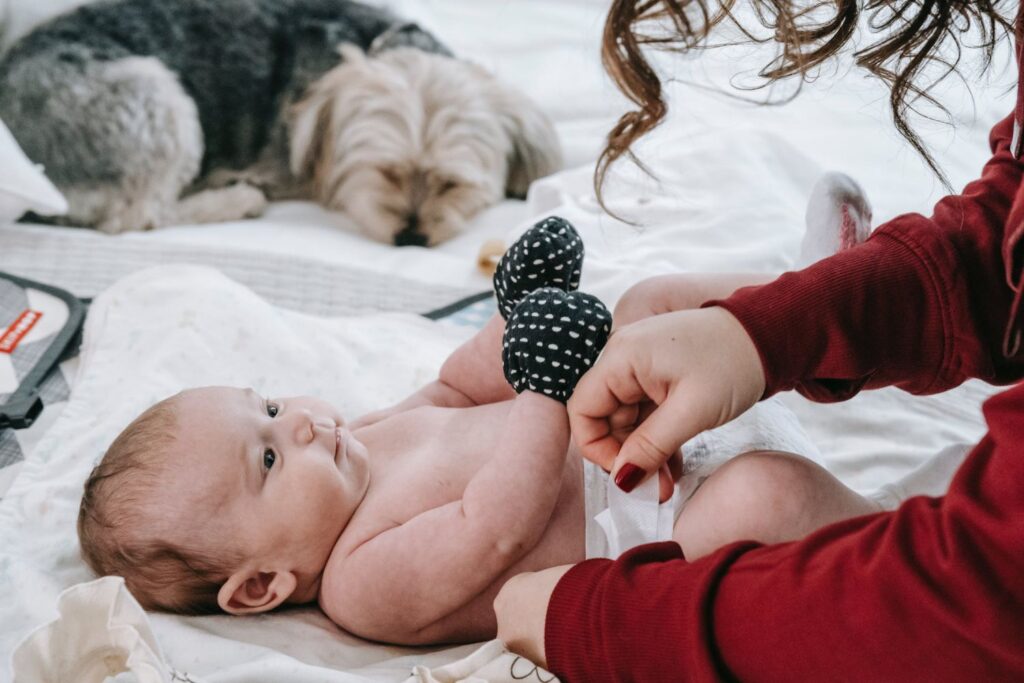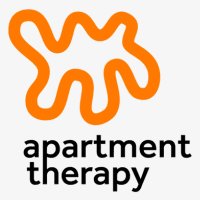Trying to introduce a newborn into the family can be tough for everyone. It’s even tougher if you have an older dog who is not used to kids. There are many things that you need to keep in mind when introducing your dog and child, but don’t worry – we’ve got you covered with these
Table of Contents
25 Tips – Introducing Your Dog to Your New Child
1. Keep your dog and baby separate at first
Although you want to love your new baby, try to set some strict boundaries when it comes to your furry friend and your infant. Your dog may be eager to check out the newcomer but really should not get a chance until he or she has been properly introduced and is comfortable around the child. This will also allow time for you as an adult to learn how your dog responds around kids – for better or worse.
2. Make sure everyone has calmed down before introducing them
After both dog and children have had a moment to calm down, make introductions with one family member holding each animal (or child) back separately. After getting all of their wiggles out by themselves, have everyone meet in a neutral zone so that there is no preferred dog or person. This will help avoid any issues down the road.
3. Be prepared for a mixed reaction
Your pets may be ecstatic to have a tiny one in the house, while your dog may take some time getting used to the new addition and becoming more defensive. Cats, on the other hand, might simply ignore the infant. It’s critical to keep an eye on all family members and ensure that everything is running smoothly – even if it means taking a step back and allowing your pet to take the lead for a while.
4. Be careful with new foods
Babies are just beginning to explore a variety of foods, and some of them might not be safe for your dog. Keep an eye on what the baby is eating and avoid providing your dog anything that might make them sick. If you live in Canada, you must check out Best Dog Food Canada where they’ve tested 25 different Canadian Raw Dog Food Brands.
5. Give your dog a lot of positive reinforcement
As always, make sure to give your dog lots of good treats and praise when he or she is behaving around the baby. This will help ensure that they continue to associate good things with the new addition to the family.
6. Be patient
It might take some time for your dog to get acclimated to the infant – weeks, months, even years in some cases! Don’t get frustrated if your dog isn’t immediately comfortable around the child – this is completely normal. Just be patient and keep reinforcing positive behavior.
7. Keep the baby at a safe distance
Whenever your pet is around, make sure to keep the baby within arm’s reach so that he or she cannot be reached by curious paws or tails. Also, keep in mind that some pets are more kid-friendly than others – just because Fido gets along with everyone doesn’t mean that Fluffy will too! It’s always important to know what your pet may be capable of, especially when it comes to kids.
8. Be prepared for accidents
Dogs are bound to have accidents around the house, especially when they’re first getting used to a new baby. Be sure to have plenty of dog-proofing supplies on hand – from baby gates to toilet seat covers – to avoid any nasty surprises (or smells).
9. Make time for each family member
Each member of the family must get some one-on-one time with the dog, as well as the baby. This will help keep everyone feeling loved and supported.
10. Teach your child how to properly interact with the dog
It’s never too early to start teaching your child how to properly interact with animals. Show them how to approach a pet calmly and gently, and how to pet and handle them in a way that the animal enjoys. This will help prevent any issues down the road and ensure that everyone in the family gets along well.
11. Be prepared for jealousy

When your dog sees that all of the attention is focused on the baby, he or she may begin to feel left out. Set aside time for each member of the family, including your dog, to keep everyone feeling loved and important.
12. Don’t forget about playtime!
Playing with your dog does not have to stop because there is a new baby in the house. In fact, it may be more essential than ever to ensure that your furry friend gets adequate exercise and stimulation. This can range from simple toys to extended walks.
13. Don’t force anything

If either dog or child isn’t ready for physical contact yet, don’t force it. This can lead to negative associations down the road. Instead, continue to let them observe each other from a distance until they are both ready for a closer encounter.
14. Don’t leave dogs and babies alone together
Even if your dog seems perfectly behaved around the baby, it’s always best to keep a close eye on them when they’re together. You never know when something might happen, so it’s better to be safe than sorry.
15. Be prepared for changes in behavior
Dogs may start to act differently after the baby comes home. They may become more protective of their toys and food, or become more vocal when they’re unhappy. Be patient and understanding; it may take a while for your dog to adjust to the new dynamic in the family.
16. Make time for regular vet visits
Just like with a new baby, it’s important to make sure your dog is up-to-date on all of his or her vaccinations and checkups. This will help ensure that everyone stays healthy and happy.
17. Create a safe space for your dog
If your dog seems overwhelmed by the baby, create a safe space for them where they can go and relax. This could be a spare room, bathroom, or even a crate. This will help them feel more comfortable and safe when the baby is around.
18. Make sure your dog gets plenty of attention and affection
Giving your dog a lot of love and attention is the greatest method to ensure that they are happy and adjusted in the family. Make time for regular playdates and cuddle sessions, and your dog will be sure to thank you.
19. Expect some changes in routine
A new baby, after all, necessitates changes in routine, and that includes your dog. Prepare for things to be a little different than usual, and go with the flow as much as possible. It may take some time for everyone to get acclimated to the new normal.
20. Make sure your dog is spayed or neutered
One of the best ways to help keep your dog calm and content is by making sure they’re spayed or neutered. This will help reduce any urges they may have to mark their territory or roam around looking for a mate.
22. Create a baby-safe area
Sometimes it can be helpful to get professional help to successfully introduce a dog and a baby. If you feel that your dog is simply too nervous or anxious around the baby, it’s always a good idea to get things checked out just in case.
23. Don’t use baby talk
It’s natural to want to coo and talk to your baby in a high-pitched voice, but don’t do the same thing to your dog. This will only confuse them and may lead to communication issues down the road.
Read: 560+ Heartwarming Birthday Wishes for Daughter
24. Be consistent with rules
One of the best ways to help your dog adjust to a new baby is by being consistent with rules. If you allow them to jump up on the baby one day but not the next, they’re going to get confused and may start testing boundaries.
25. Seek professional help if needed
If you’re struggling to manage your dog and baby together, don’t be afraid to seek professional help. A trained behaviorist can offer invaluable tips and advice on how to create a harmonious household.
Conclusion
Introducing a baby into your household is always an adjustment. For some families, this means introducing the family pet to their new sibling for the first time. You must introduce these two together to foster a sense of trust and companionship between them. However, it can be hard knowing where to start or what steps should come next when trying to get your dog used to your baby – especially if they’ve never been around babies before. This article has provided 25 tips on how you can help make introductions go smoothly and successfully by following certain guidelines and taking necessary precautions.













